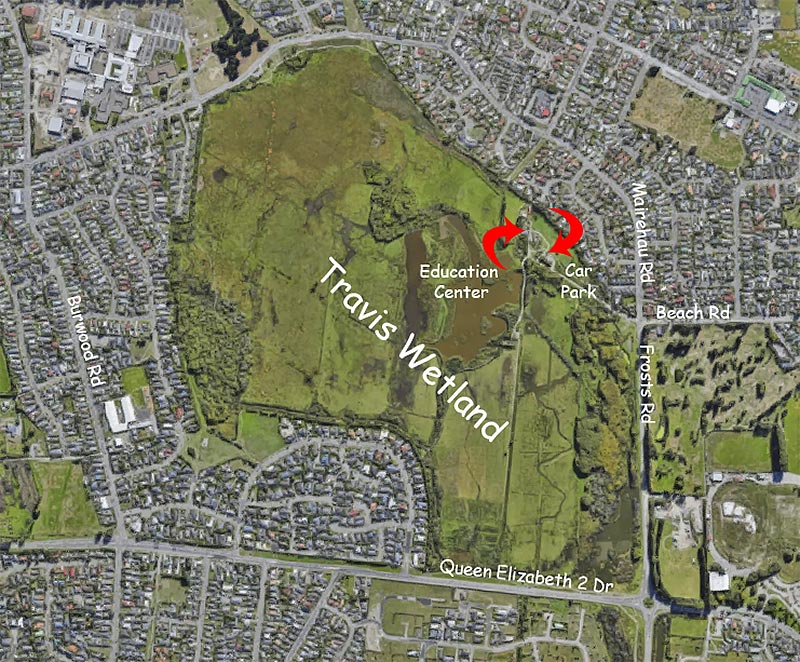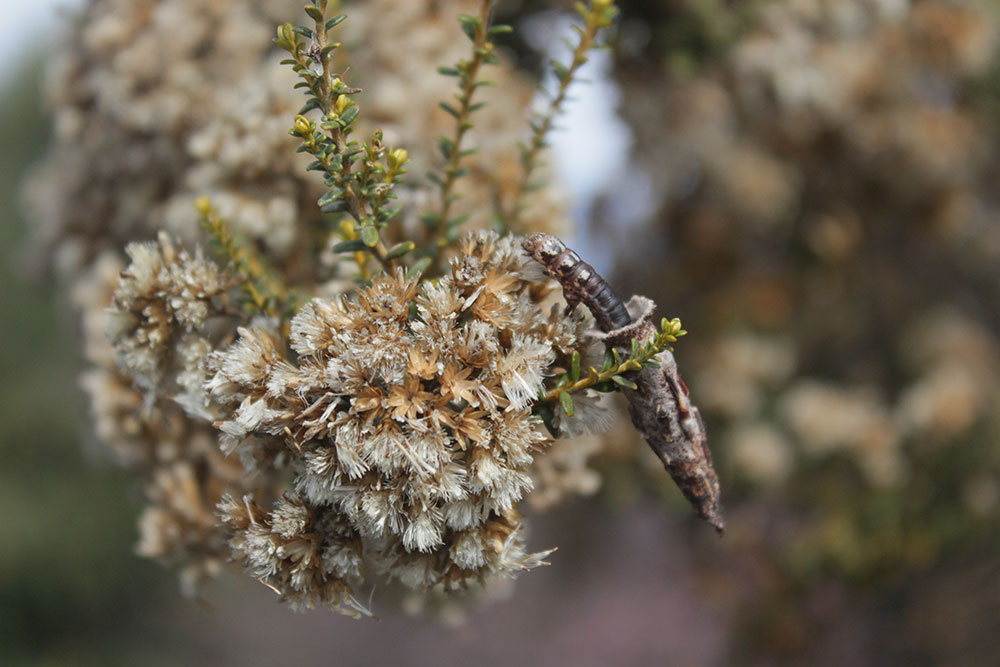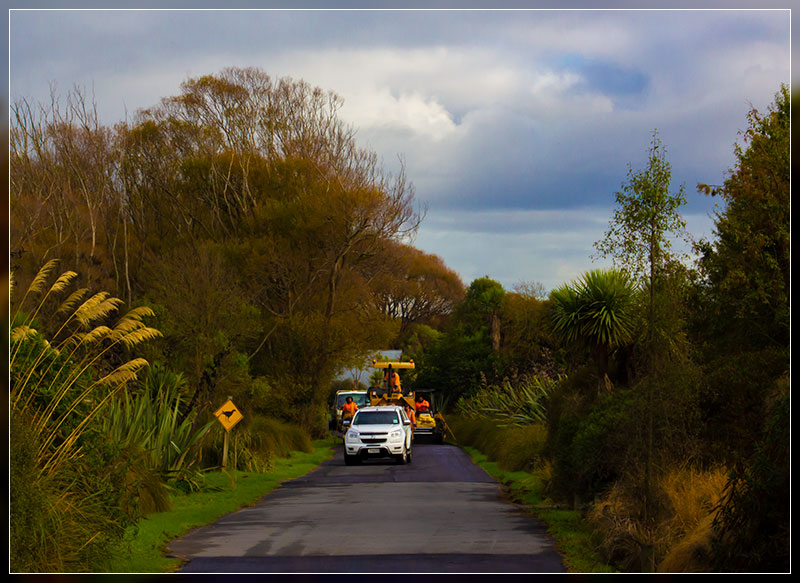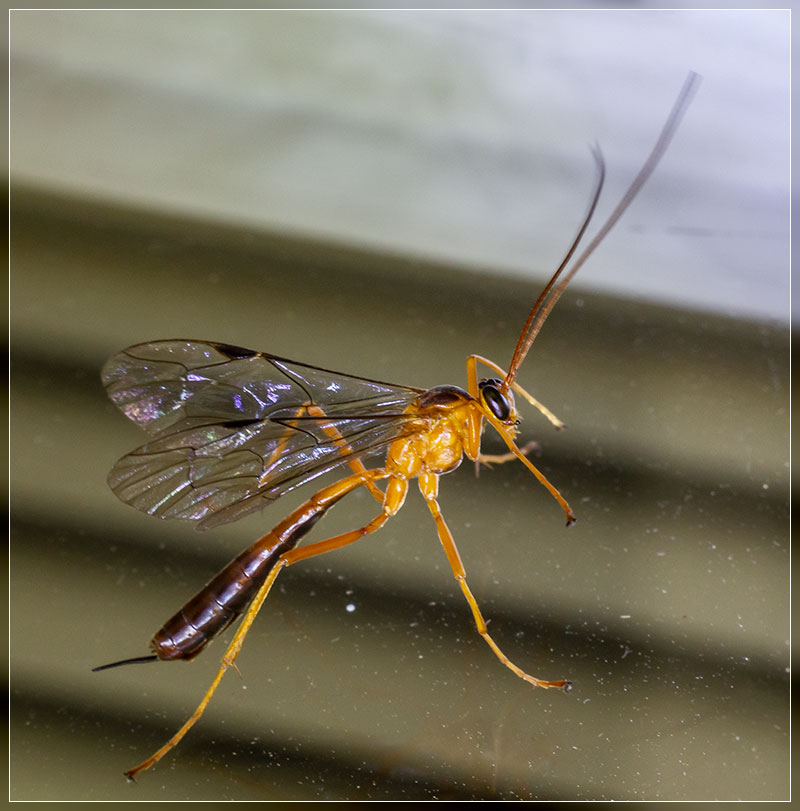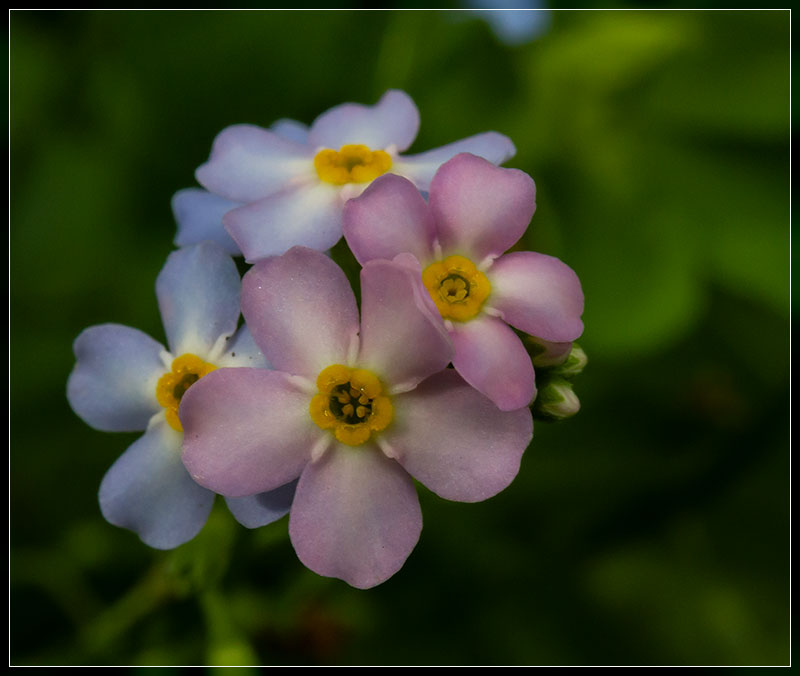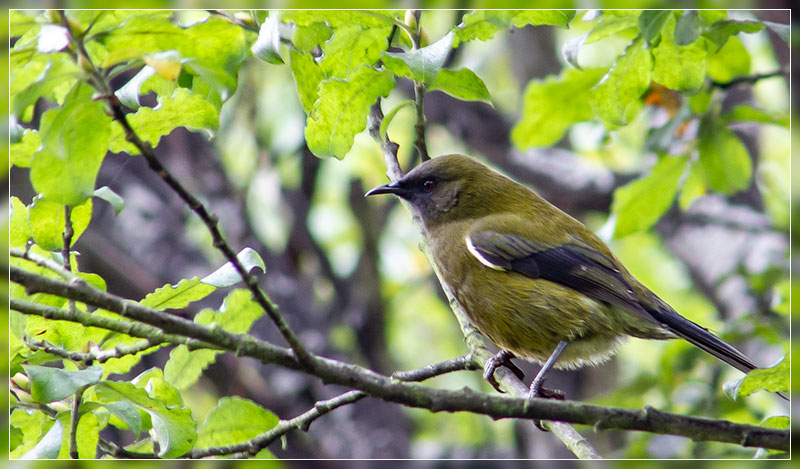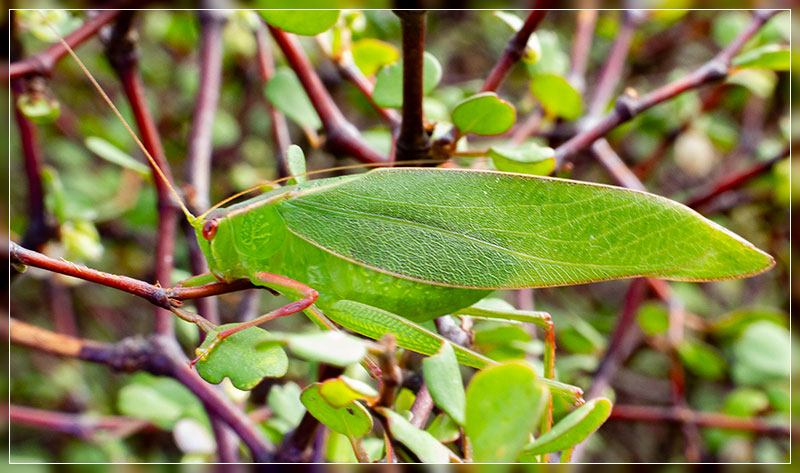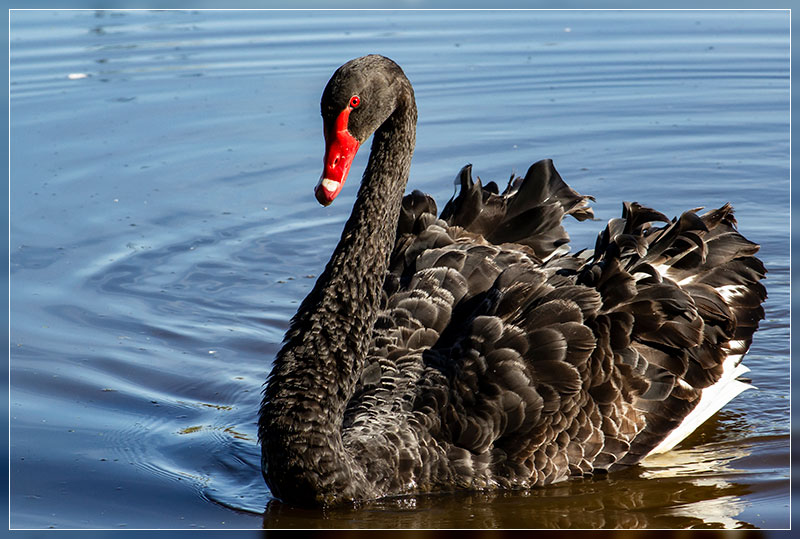 |
April 2019
Workday reminder, April 27 2019
Travis workday, Saturday April 27 2019, 9 am – 12:30.
Note that due to Easter the April workday is being held the weekend after Easter.
Meet at the Education Centre (the old farm house) near the Beach Rd car park at 9 am.
I haven’t heard what we will be doing on the workday, but it’s sure to be fun!
When we leave the Education Centre to work somewhere around the wetland a notice board in the porch will indicate where we have gone
Please wear appropriate clothing and footwear.
All tools provided. Afterwards we will go back to the Education Centre at the wetland for morning tea and a chat.
Latest News
Workday Saturday 16 March
Following the grim events of Friday 15th it was great to see 15 adults and several keen children turn up to get a breath of fresh air and help with some planting.
Our planned foray into the central willows area was cancelled due to access being very overgrown with Beggar’s Tick weed. This plant has seeds that like to cling to clothing so our visit would have encouraged spread of the weed.
Luckily ranger John had sorted out some Carex secta for us to plant in the Mairehau Road and Anne Flanagan Dell areas. We started work in a low, soggy spot close to the new picnic table. The combination of soft soil and keen workers meant that this area was soon fully planted. Remaining plants were placed in smaller open areas further round the track and pukeko arrived rapidly to inspect our work . Over 200 Carex were planted in the hope of making track borders look more natural and shading out Beggar’s Tick in future seasons. A few keen folk could not resist being side-tracked by the chance to chop back convolvulus and blackberry nearby.
Forecast rain did not arrive and sun broke through the clouds to help us see some interesting sights. The children enjoyed the antics of case (or bag) moths on a Cassinia (tauhinu) plant near the track. These moths were wriggling energetically and extending their heads out from their cases to feed on leaves and flowers. Green stick insects on manuka near the Education Centre were spotted too. Coprosma robusta with a heavy load of orange seeds were seen near the new footbridge and a lone kahikatea sported a fine smattering of orange drupes (fruit) with attached blue seeds.
As usual food, drink and chatter were the order of the day back at The Education Centre. Colin Meurk spoke of the tragic events of Friday and we held a one minute silence. Colin described his vision for a raised platform/monument celebrating peace and diversity somewhere in the city or surrounds.
Article: Sue Britain, Image: Grahame Bell
Stop and Look on the Dune Walkway
How fortunate we have been to have very notable native plant growth along the walkway last Spring and this Summer. Rich insect life there notably many bag moths, mantises waiting to skewer their victims, katydids and crane flies with fragile long legs being the visible ones.
So fascinating to see those clever bag moths chewing on golden fluffy flower/seed heads of tauhinu. Their bags disguise them well as they look like the bark of the plant they are attached to. When the moths had finished grazing on a brushy head of leaves & flowers they lower themselves from a very fine thread attachment (only visible by close observation) and assisted by the wind swing to another branch where they began to feed again. The females have no wings, eyes or antennae and mostly spend their whole lives in the bags. The male moth flies free from its bag as an adult, fertilises female eggs, doesn’t eat and lives only a short time.
Katydids, a member of the grasshopper family, are abundant. They hide themselves as much as their body shape allows. After watching one becoming breakfast for a praying mantis I understand their reluctance to be seen. The praying mantis lovingly embraced katydid by placing its front leg with the blue and purple patch on the inside over the katydid and began feasting from the head downwards. Next day all that remained of the katydid was a wing and a small messy blob!
A watched praying mantis also embraced a bag moth caterpillar by once again lovingly placing a foreleg over the bag. I didn’t see whether the mantis ate the occupant. Not likely to be a friendly encounter considering the mantis is a top insect predator. The female mantis makes a neat case for her eggs and doesn’t usually survive the winter.
However she does not always get to lay! We watched two pukeko dancing along the top of the shrubby pohuehue bushes squawking loudly. They appeared to be having fun until we saw one of the show offs snatch a mantis sideways in its beak then gulp, gone!
Thank you Rangers Kenny and John for installing a user friendly watering system on the dunes, and to Joe and Wayne for their vigilance in keeping the plants watered until they were established. That is the reason for there being a visible busy summer community that we may not even notice!
Article and images: Eleanor Bissell
City Nature Challenge
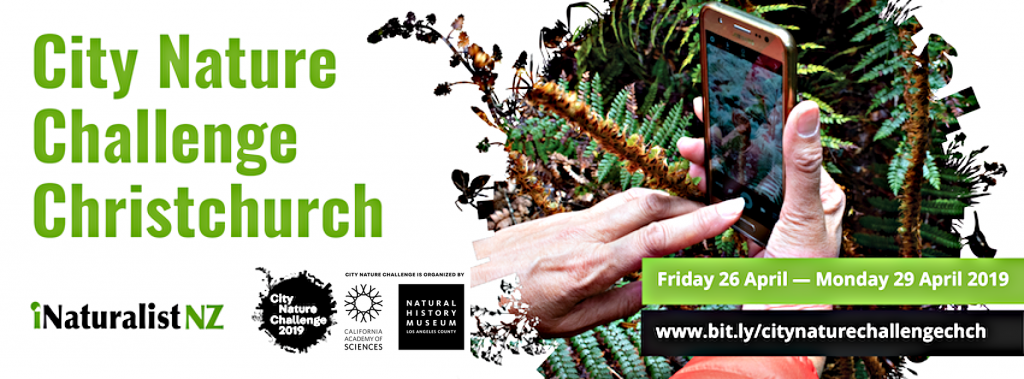
Between the 26 and 29 April, iNaturalist NZ – Mātaki Taiao, will host the New Zealand/Christchurch entry in the global City Nature Challenge. The goal is to record the biggest selection of animal, plants and mushroom sightings and win the internationally coveted title of Biodiversity Capital of the year. This year is the first time NZ has entered and we’re up against 180 cities from around the world.
Anyone can take part. It’s really easy, whether you’re a nature newbie or a life-long biodiversity buff, no matter where you are in Christchurch (including Banks Peninsula).
To be part of this exciting international competition, all you’ve got to do is add observations to the free iNaturalist app or to the iNaturalist NZ – Mātaki Taiao website.
April 27 will be the Travis section of the City Nature Challenge. Visit the event on the Travis website to find out more.
Travis maintenance
After what seemed like slow progress at first the Beach Road entrance and car park were sealed in early April. It’s a massive improvement from the bumpy, pot-holed road we had when they started work.
In the near future the track from Clarevale Park to the start of the board walk will be raised 400mm. The path will be closed for 4 – 6 weeks while this work is carried out. It’s an “engineered” path, not just adding a bit to the surface of the existing path, hence the long closure period. It’s hoped that the path will be open again by the end of June. Expected life 30+ years and no more puddle jumping required during the winter.
Article: Dave Evans, Image: Grahame Bell
Latest Images

Orange Ichneumonid wasp – Netelia ephippiata 
Forget-me-not – Myosotis 
Bellbird – Anthornis melanura 
Katydid – Caedicia simplex 
Male Black Swan – Cygnus atratus
Images: Grahame Bell

